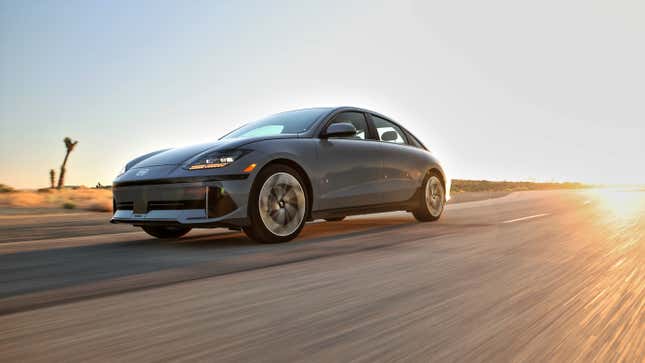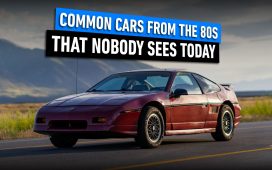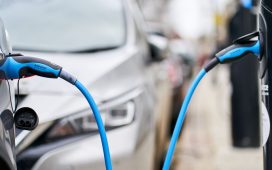
Range anxiety — also known as charging anxiety — is the fear that a consumer’s car will run out of juice before they can reach a charging station. It’s been one of the most common and persistent issues holding consumers back from switching to an EV. About half of U.S. adults cited worries about range as a reason to avoid buying an EV, according to a recent poll.
North America currently has 213,021 public and private charging ports, and 78,377 charging stations, according to the Department of Energy. But the country needs to multiply that by six to reach full electrification by the 2040s.
But, while improvements to North America’s charging infrastructure are sorely needed, most people don’t really need to be worried. As of the beginning of 2024, there are at least 30 EV models that U.S. consumers can buy that can go 300 miles or more on a single charge, as Bloomberg News reported in March. Another 20 will be on sale by the end of the year.
For comparison, the typical car owner drives 13,476 miles per year, or 37 miles per day, according to federal data. The biggest gap between range and chargers is visible during road trips, where chargers can be more scarce, depending on where a driver travels to. Someone driving in Wyoming will have a much more difficult time finding a charging station compared to someone in Texas or California.
Additionally, despite a shaky start, the federal government has started handing out more funding provided by the National Electric Vehicle Infrastructure (NEVI) Formula Program. State governments will draw from NEVI’s $5 billion budget to hire firms to make charging stations. Eventually, the government aims to fund federal chargers in every state.





